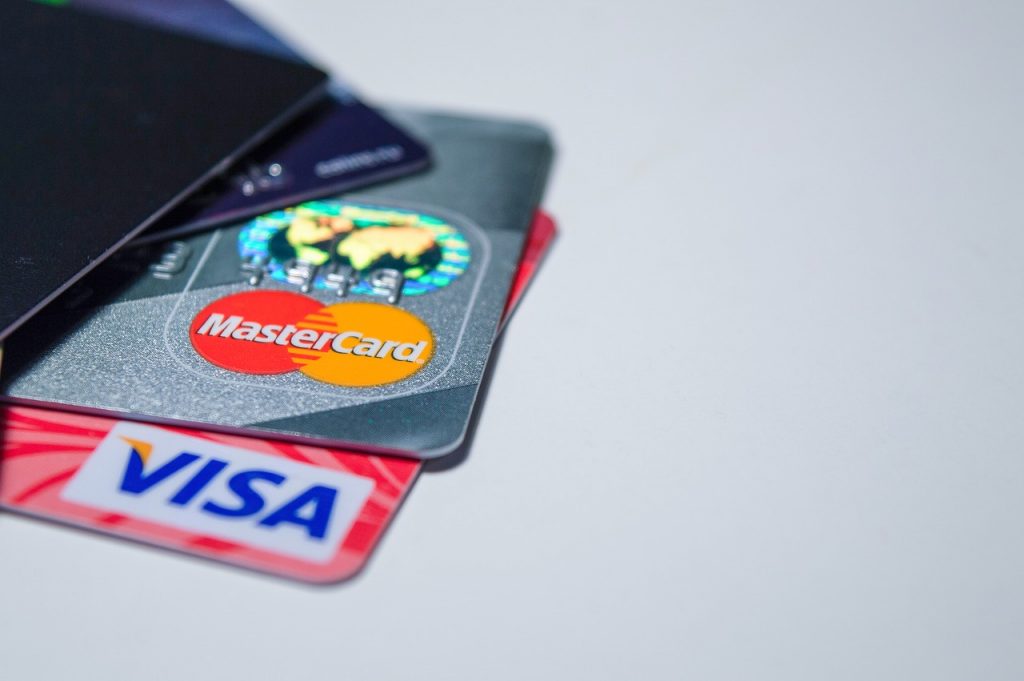Why Now May Be The Worst Time To Get A New Credit Card
Annual percentage rates for new credit card accounts have skyrocketed to an average of 26.72%, with some store cards such as Dick's Sporting Goods attached to rates as high as 30%.
This article is more than 2 years old
If you’re tempted to apply for a new credit card, now might not be the best time to open a charge account. Retail store credit card interest rates have hit a record high of 26.72 percent according to a study released this week by Creditcards.com. Even general-purpose credit cards are currently charging an average annualized percentage rate (APR) of 22.6 percent.
The hike in credit card interest rates is due to the Federal Reserve increasing the costs banks have to pay when they borrow money from each other. This makes financing more costly throughout the economy. And keep in mind that 26.72 is an average number, with 24 credit cards charging a whopping 30 percent APR right now.
Some of the highest APR retailer credit cards include Burlington, Dick’s Sporting Goods and Wayfair. The highest retail credit cards at the moment have an APR of 30.74 percent, including the Speedy Rewards Mastercard and Kroger’s Rewards World Elite Mastercard. Certain other credit cards linked to Kroger’s affiliated brands also topped the list of the highest retail credit card interest rates.

While getting a new charge card may seem like a good way to defer payments on something you really want or need, the reality is that you end up paying much more for the item over time. “From a consumer perspective, 29.99 percent is an astronomical rate,” Ted Rossman, an industry analyst with Creditcards.com, said in a statement to The Hill. “If you charged $1,000 and only made minimum payments at 29.99 percent, you would be in debt for 51 months and would end up paying a total of $775 in interest.”
Rossman also said that consumers may need to put more thought into their credit card applications. He said in the statement that 68 percent of people who applied for a retail credit card had done so on impulse. Retailers count on impulsive decisions because few would apply for these high APR cards if they took the time to read credit card interest rate details before applying.
“There’s a good chance you’ll be offered a retail credit card this holiday season. Don’t get pressured into making a bad decision at the checkout counter,” Rossman said. He emphasized that any promised charge card rewards would only be worth it if you pay your bills in full each month—the only way to avoid paying the record high credit card interest rates.
The Fed’s decision to hike interest rates doesn’t just affect retail credit card users. Its impact resounds through the entire economy, affecting most debt financing processes. Everything from mortgage interest rates to the federal budget deficit is influenced by the Federal Reserve’s decisions.
Most Americans are feeling the pinch of living in an economy with the highest inflation levels recorded in 40 years. Food, rent, utilities, and other daily expenses are causing major budgeting issues nationwide as salaries fail to keep up with the rising cost of living. The most recent economic news release from the U.S. Bureau of Labor Statistics stated that over the past 12 months, the Consumer Price Index for All Urban Consumers (CPI-U) rose 8.2 percent before seasonal adjustment.
The CPI is a way to measure the change in prices consumers pay for goods and services over time. The urban version of the index analyzes the costs of food, fuel, clothing, shelter, medical care, and other common expenses in 75 urban areas across the country. With 12-month increases in every measured category, consumers would be wise to avoid charging items to accounts with high credit card interest rates.






